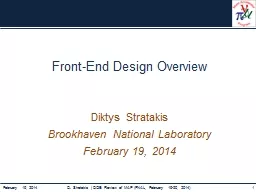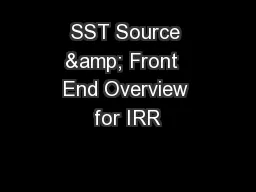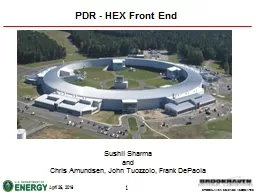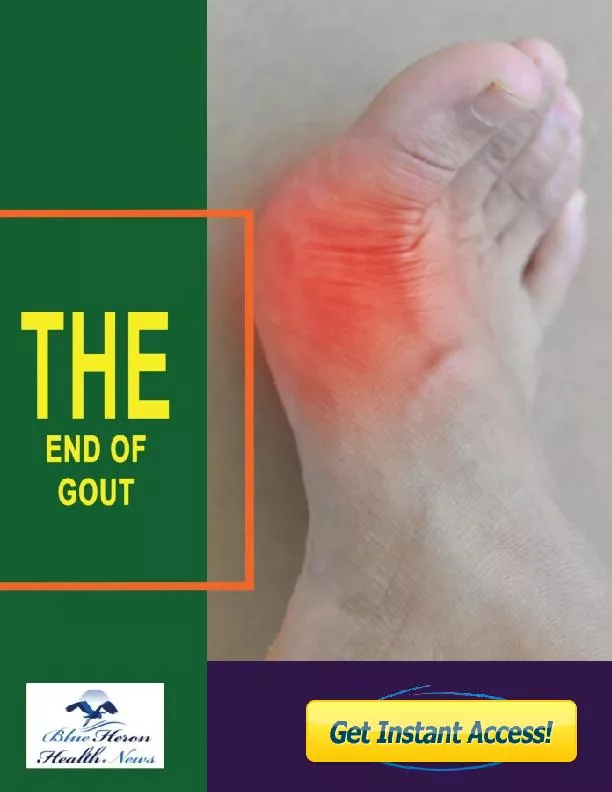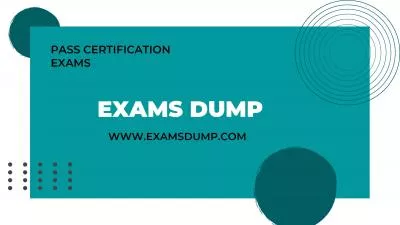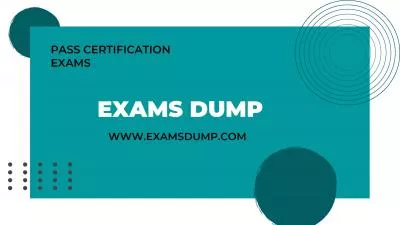PPT-Front-End Design Overview
Author : celsa-spraggs | Published Date : 2017-09-26
Diktys Stratakis Brookhaven National Laboratory February 19 2014 February 19 2014 D Stratakis DOE Review of MAP FNAL February 1920 2014 1 Muon Accelerator FrontEnd
Presentation Embed Code
Download Presentation
Download Presentation The PPT/PDF document "Front-End Design Overview" is the property of its rightful owner. Permission is granted to download and print the materials on this website for personal, non-commercial use only, and to display it on your personal computer provided you do not modify the materials and that you retain all copyright notices contained in the materials. By downloading content from our website, you accept the terms of this agreement.
Front-End Design Overview: Transcript
Download Rules Of Document
"Front-End Design Overview"The content belongs to its owner. You may download and print it for personal use, without modification, and keep all copyright notices. By downloading, you agree to these terms.
Related Documents

